The Treatise of Invertebrate Paleontology are a series of chapters published since the 20th century with overviews of invertebrate fossil groups.
New overview of fossil anomuran crustaceans
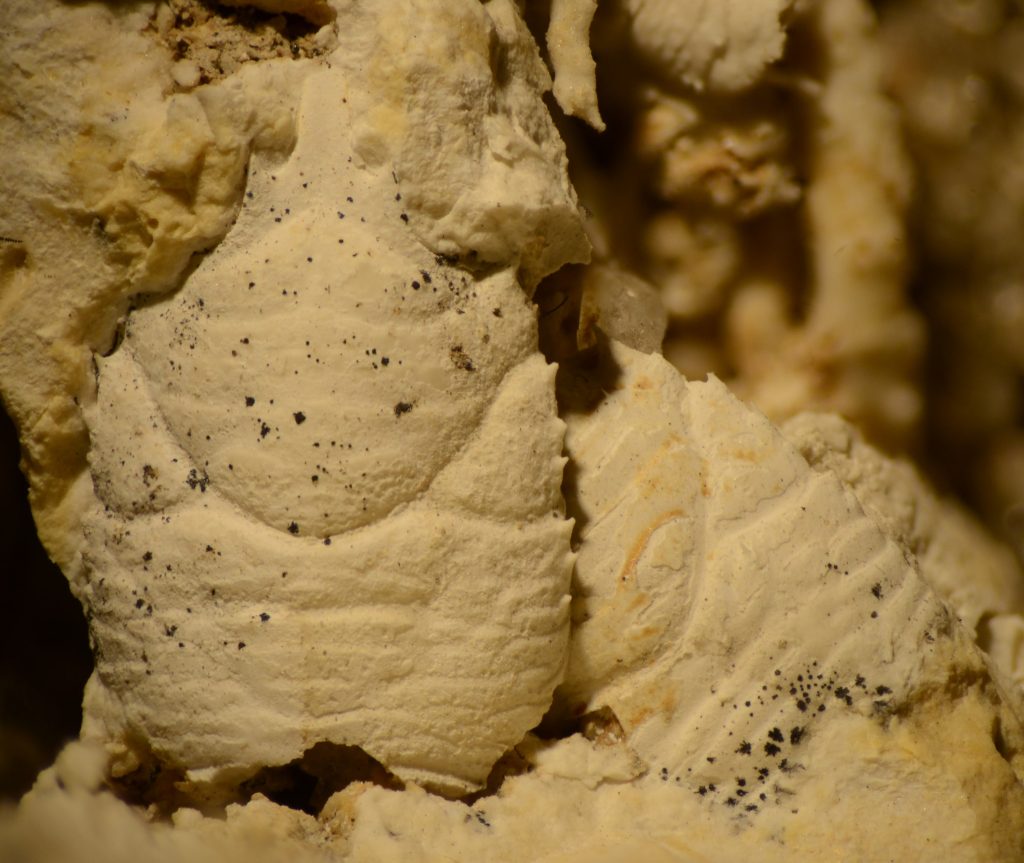

The Treatise of Invertebrate Paleontology are a series of chapters published since the 20th century with overviews of invertebrate fossil groups.

Full of enthusiasm and humor, Steve Trash educates children about science in the aptly named Steve Trash Science show.
Read More from Fossils from collection feature in children’s TV show
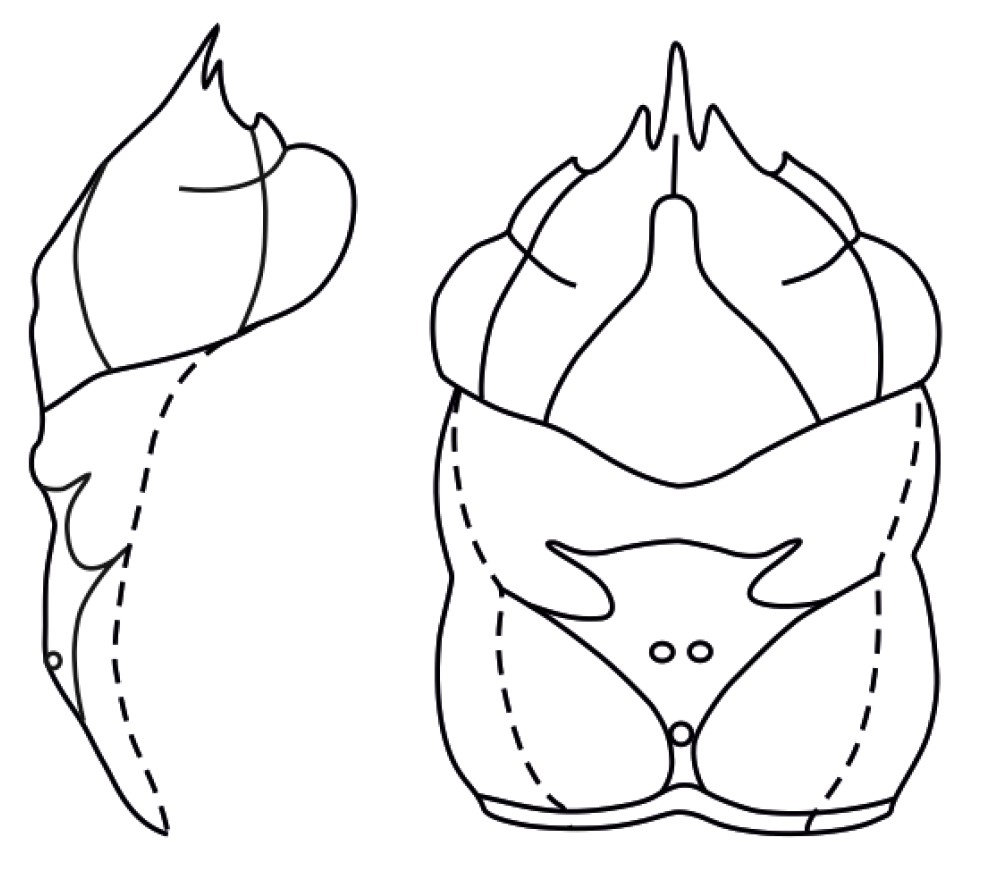
Naming species and putting them into their correct place in the family tree is essential in biology and paleontology.
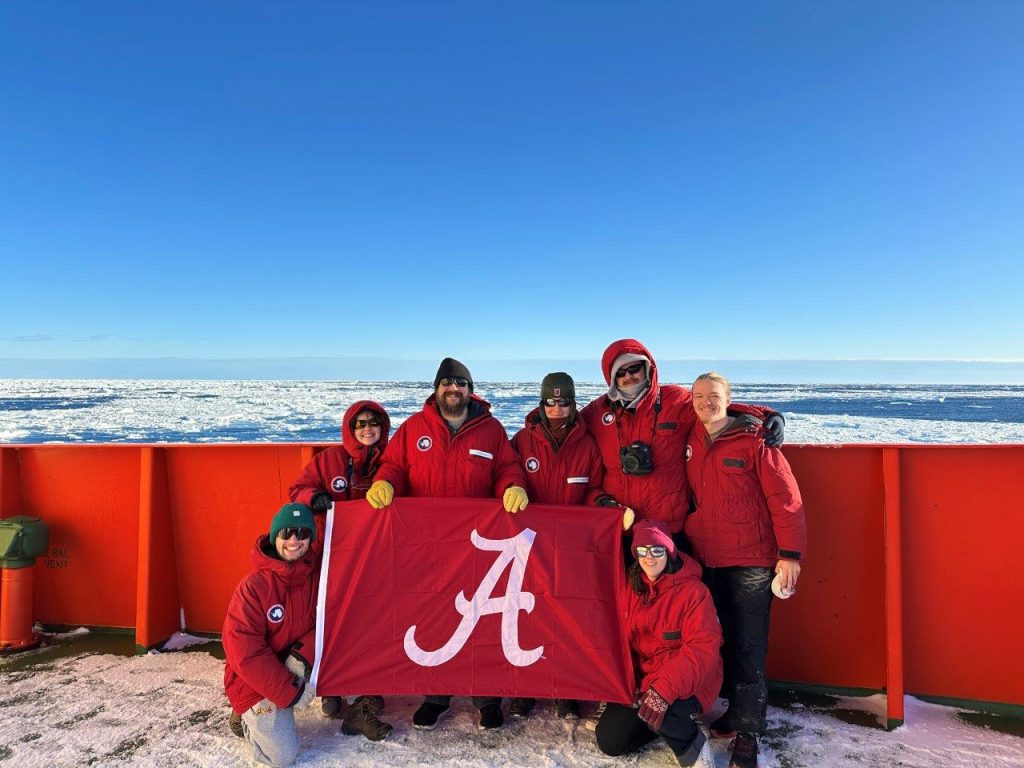
For Kevin Kocot’s team, things were busy, but successful and fun on the Nathaniel B. Palmer in Eastern Antarctica!
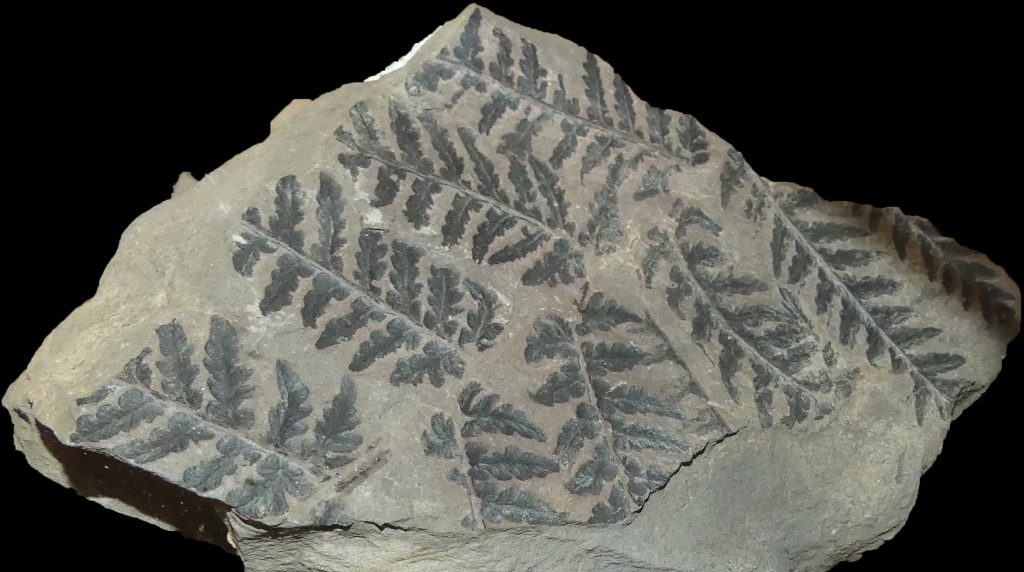
On Saturday, April 8, 2023, the Alabama Museum of Natural History and the Alabama Paleontological Society will be hosting a free fossil Track Meet from 11 am until 3:30 pm. During this event, paleontologists will be bringing in fossil trackways, fossil invertebrates, and fossil plants found in mines and other places from Alabama’s Coal Age for temporary display and photography on tables in the Grand Gallery of Smith Hall. In addition to seeing the existing exhibits, people can see the […]
Read More from The Alabama Museum of Natural History Hosts Fossil Track Meet

Insects of North America is a field guide that enables you to identify all 783 families of insects currently recognized in the United States and Canada!

Horseshoe crabs (Xiphosura) have a long evolutionary history starting in the Ordovician, but the number of species is relatively low.
Read More from A non-marine horseshoe crab from the Middle Triassic (Anisian)
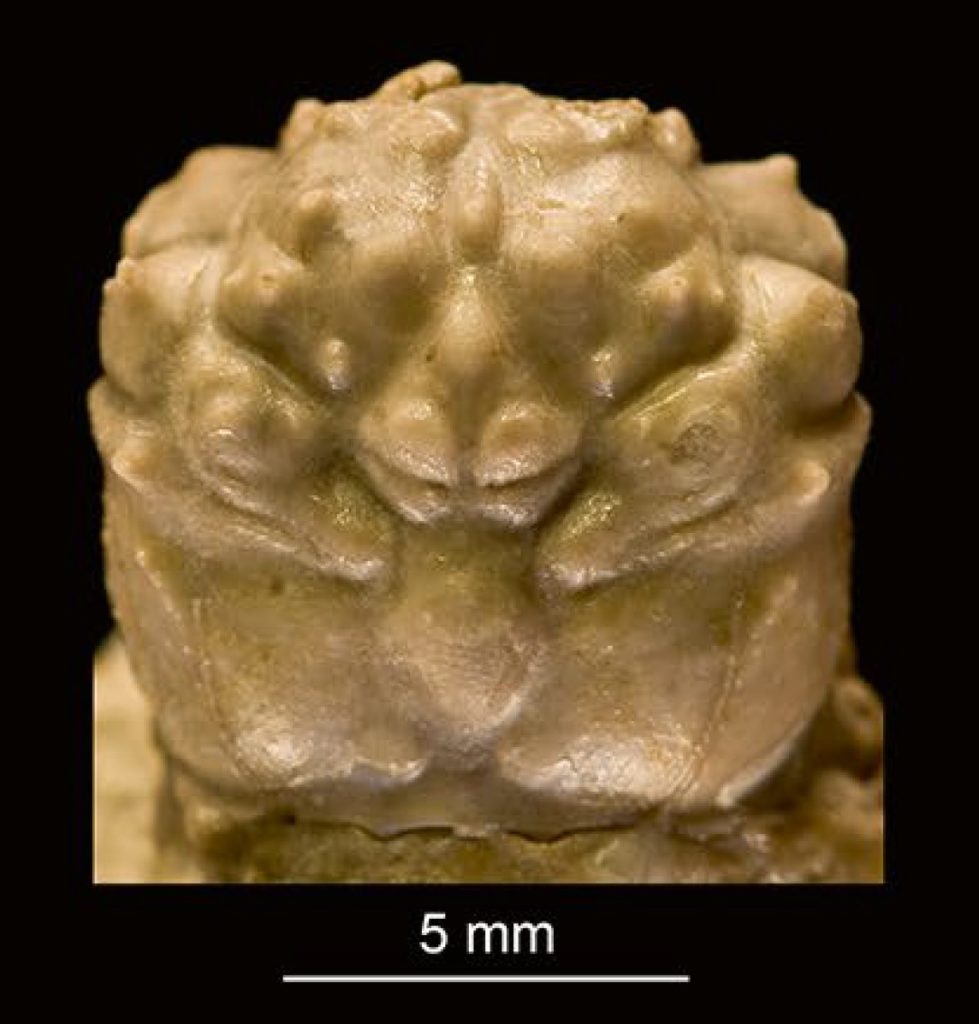
Cold seeps are spots in the oceans where fluids such as methane and hydrogen sulfide escape from the bottom of the ocean into the water column.
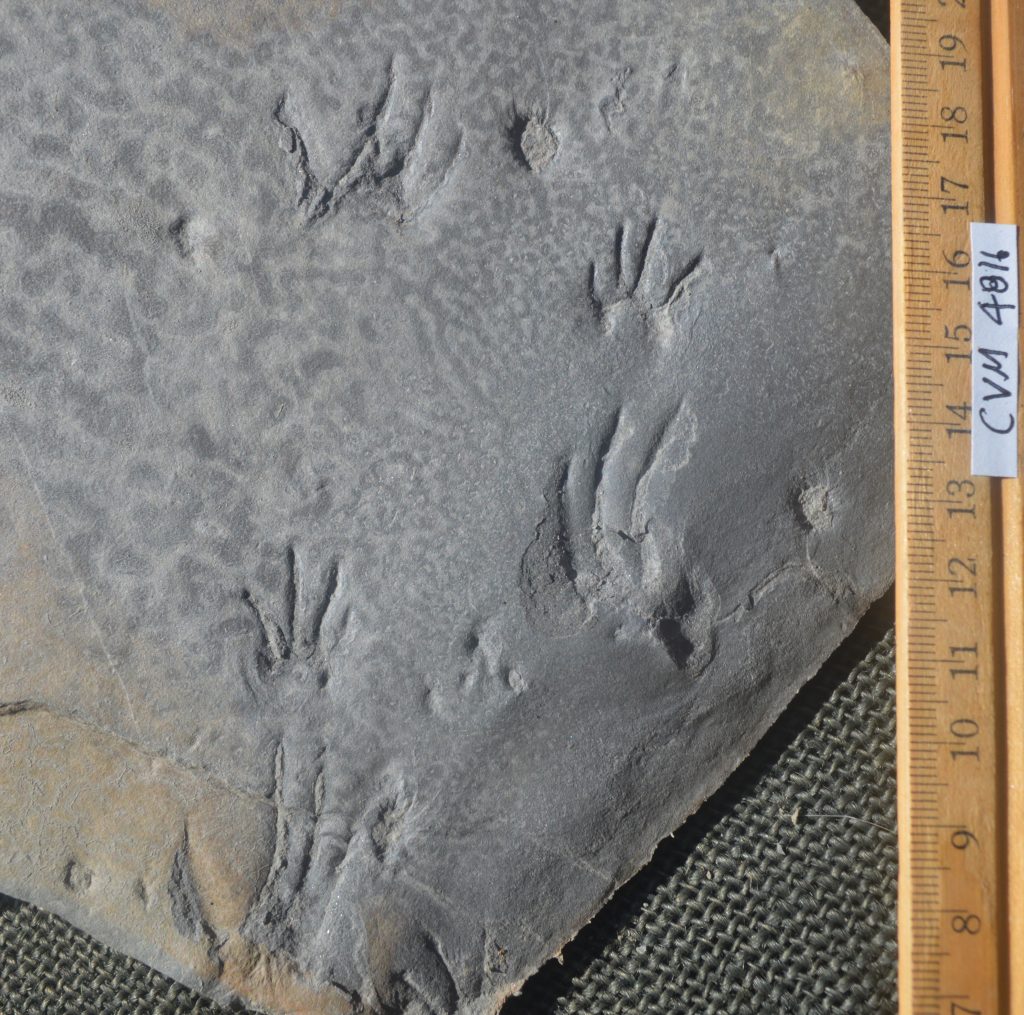
Trackways of ancient animals inhabiting a swampy area during the coal-age in what is now northern Alabama have been known for nearly a century, but they were nearly forgotten for a long time.
Read More from Major fossil footprint donation to paleontology collection

Alabama has a fantastic fossil record and many important fossils have been discovered by avocational (amateur/hobby) paleontologists. In 2020, a new award was created by the University of Alabama Museums honoring an avocational paleontologist who has made substantial contributions to paleontology in Alabama.
Read More from George Martin receives the Alabama Avocational Paleontologist Award